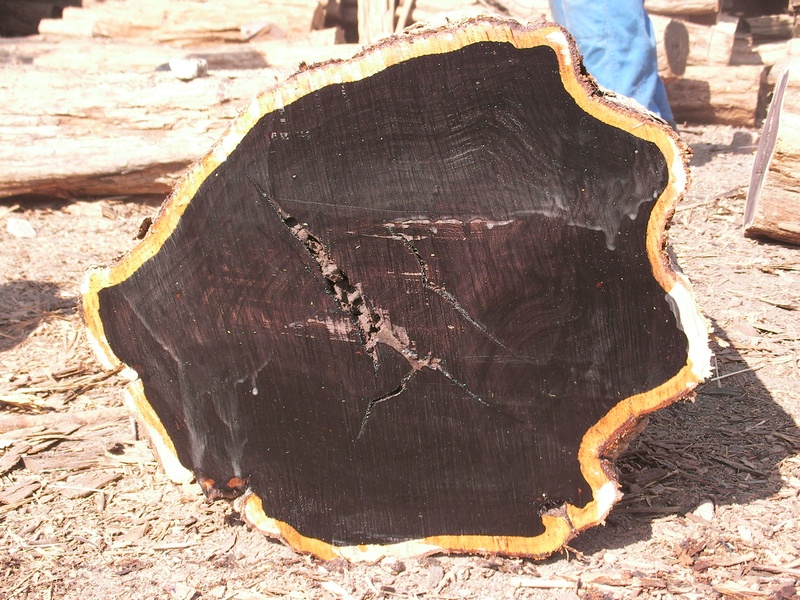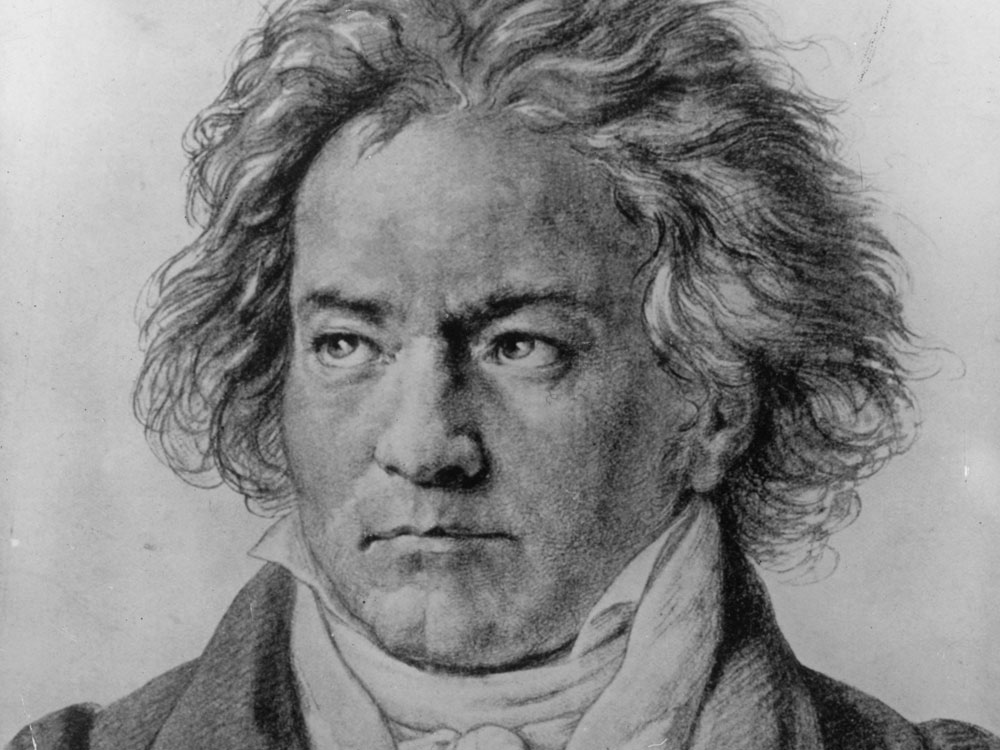-
Lohff & Pfeiffer
About Lohff & Pfeiffer
Iimprint
Contact
Newsletter
Location
L&P team
- Instruments
General
Trade options
About clarinet
Search specific instrument
Ab-clarinet
Eb-clarinet
D-clarinet
C-clarinet
Bb-clarinet
A-clarinet
Mozart basset-clarinet A
G-clarinet
Bassethorn F
Alto-clarinet Eb
Bass-clarinet
Contraalto Eb-clarinet
Contrabasse Bb-clarinet
German-Albert system Bb
Reform Boehm A & Bb
Peter Bastian Instruments
Plateau clarinets
Quartertone clarinet
- L&P Optimization
Optimization
Customization
Specialities
Special Keywork
- Accessories
General
Care products
For instruments
Reeds
Tools for reeds
Straps and hand rests
- Repair
Book time
About Repair
Maintenance
Plating-Surface treatment
Pads
Padding style
Cracks
Tone hole problems
Joints
- Tips & Advice
How to..
Videos
Worldwide external information
Problems & help
Education & learning

.Understanding wood
Grenadilla wood is one of the most beautiful, durable, and stable products of nature: hard, dense, and extremely close-grained. It is also one of the most expensive ones and since 2016 it is listed as endangered by the Washington based CITES organization.
The wood used for woodwind instruments is between 80 and 300 years old. Chances are high that your instrument's material started to grow when Beethoven was alive. Since then it has been exposed to severe storms, monsoon rain, heat, and wind. Only wood that made it without damage is used for good instruments.
Acoustically it is an ideal material, imparting its flexibility to the tonal characteristics of the clarinet, which sensitive musicians consider essential to artistic expression.
One of the biggest and most destructive forces that can damage wood is moisture. Wood will always try to absorb as much moisture and humidity as it can. This causes the wood to expand, allowing moisture to enter the cells. This can cause tension within the wood, resulting in cracks, warping, or mold.
Temperature has only an indirect influence. Higher air temperatures are able to store more moisture. But if there is no moisture available, like in the desert, wood will dry out quickly and shrink. Since this process will not occur evenly through the entire piece of wood, cracks are often the result.
Dry air- in any form or temperature- is another big danger for woodwind instruments.
Help us to get better
Was this article helpful?
Comments, additions or questions are always welcome at: info@clarinet.dk(C)2011 - by Lohff & Pfeiffer USA-6220 Rhode Island Ave-Riverdale Park MD 20737 - USA - Phone: (812) 340-0595 & 415 470 6879 - info@clarinet.dk - Instruments






